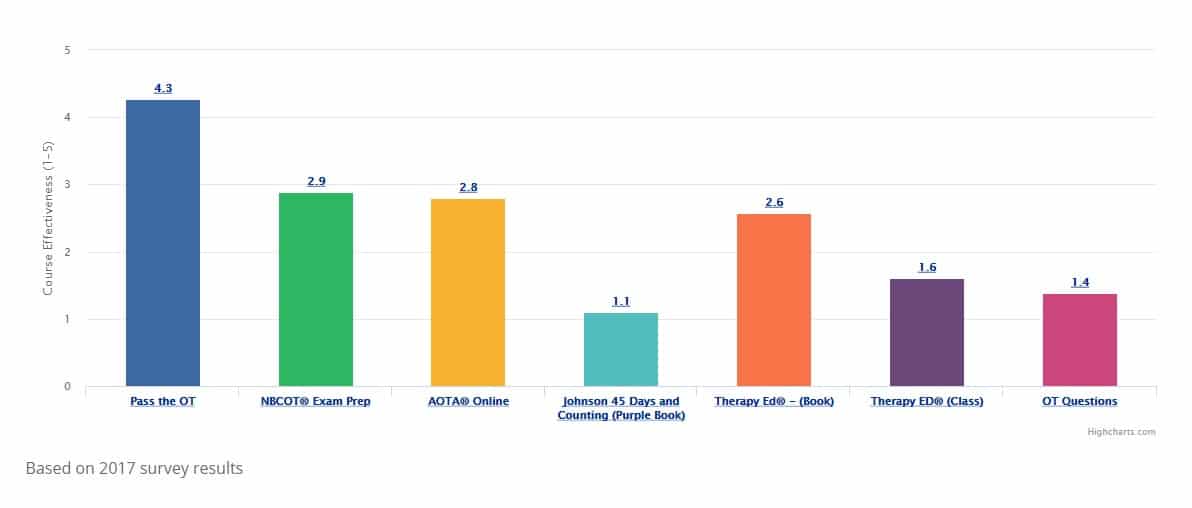MET Levels
The Metabolic Equivalent of Task, or MET level, is the approximate amount of energy a person uses during physical activity. These levels are used as a reference point during cardiac rehabilitation. Patients who have had a heart attack or who have undergone open heart surgery are assisted to gradually return to normal activity levels, using MET levels as a guide to insure that activity does not exceed what the patient’s heart can tolerate. Following are some guides to help you learn the stages of cardiac rehabilitation, as guided by MET levels. Please carefully review them for your OT Exam prep.
New York Heart Association Functional Classification of Heart Failure
This system is used to classify heart disease according to the activity level that patient’s can tolerate.
- Class I – no limits to activity. MET 6.5
- Class II – Slight activity limit, comfort at rest, ordinary activity causes fatigue, pain, dyspnea, and palpitations. MET 4.5
- Class III – marked limitation, comfort at rest, less than ordinary activity-fatigue, palpitations, dyspnea, angina pain. MET 3.0
- Class IV – inability to carry out activities without discomfort. MET 1.5
| Stage 1 (1.0-1.4 MET) | Sitting – Self-feeding, wash hands, table games, light handwork, bed mobility, transfers, reading, table games, can exercise all extremities on supine and only neck and lower extremities in sitting |
| Stage II (1.4-2.0 MET) NO ISOMETRICS | Sitting – Self-bathing, shaving, dressing, grooming, unlimited sitting, slow ambulation in room, crafts, exercises to all extremities, painting, sewing |
| Stage III (2.0-3.0 MET) | Sitting – showering in warm water, ironing, homemaking tasks with brief standing periods, piano, typing, card playing |
| Stage IV (3.0-3.5 MET) Exercises starts to include mild resistance, treadmill, cycling, walking up stairs | Standing – washing, dressing, shaving, grooming, showering in warm water, light vacuuming, dusting, sweeping, washing light clothes, light gardening, driving, light home management with energy conservation, canoeing, golf, putting, unlimited walking |
| Stage V (3.5-4.0 MET) | Standing – washing dishes, washing clothes, ironing, hanging light clothes, making beds, swimming, light home repairs, increased home management, light carpentry, golfing |
| Stage VI (4.1 and above) | Most home management, swimming (no advanced strokes), slow dancing, skating (slow), light calisthenics
*MET levels go over 10 (10 being quite strenuous, with activities including shoveling and running 6 MPH) |
| Phase 1 (inpt hospitalization/rehab) 5-14 days |
Phase 2 Outpt rehab Up to 12 weeks post cardiac event |
Phase 3 Maintenance/training May begin as early as 4 weeks |
|
|
|
Pulse/HR parameters:
- Normal adult: 60-80 BPM, 120/80 BPM, 12-18 breaths/min
- Pediatric: newborn is 120 BPM, 75/50 BP, 40 breath/min
- Tachycardia: 100+ BPM
- Bradycardia: less than 60 BPM
- Hypertension: above 140/90




